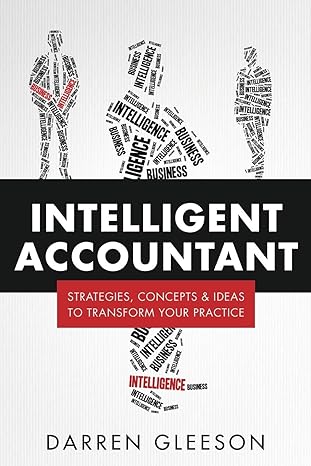Answered step by step
Verified Expert Solution
Question
1 Approved Answer
1. 2. 3. 4. 5. 6. 7. 8. 9. Project Component 3: Identifying Business Cycles Explain why moving to a higher order exponential model may
1. 2. 3. 4. 5. 6. 7. 8. 9. Project Component 3: Identifying Business Cycles Explain why moving to a higher order exponential model may be useful. The main thing to mention is that the growth rate for the economy is assumed to be constant in the first order model, but the growth rate for the actual economy may not be constant. You can use the second order model to test whether the growth rate is constant, increasing, or decreasing. You can also mention that you cannot get a worse fit but may get a better model fit. You should obtain a negative coefficient on your t variable that is significant, which indicates the U.S. economy is growth rate for the U.S. economy is decrease over time on average. Add your second order model to Figure 2, so you have the second order model plotted along with the first order exponential model and the actual data. Present this estimated linearized version of the higher order model in a professional manner, again at the end of the "Path of the U.S. Economy" section. Describe in words what you learn from the second order model. (You learn that the economy is growing, but the rate of growth is diminishing over time.) Create a new section heading called: "U.S. Business Cycles" Write a paragraph noting that you can identify business cycles by subtracting your second order model from the actual data series. Obtain a "detrended" real GDP series by subtracting your model values from the actual values for real GDP. For practice, plot this detrended series in a new Figure 3 diagram. You should observe heteroscedasticity when you look at the plot. You observed heteroskedasticity when you observe a systematic difference in your model from the actual data. For models that fit an increasing trend, it is common to observe a deviation that grows over time. If you think about it, you should understand why this is a problem for forecasting, for an increasing deviation it indicates the model is more likely to be further from the actual data as time moves forward. For this reason, we will use a different method for forecasting in a future section. Divide your detrended series by your model series. You are obtaining the percent deviation for each year, and this will reduce your heteroskedasticity problem. Plot this adjusted detrended series in Figure 3, providing a visual of the business cycles. When you compare this adjusted series to the unadjusted series, you should see less heteroscedasticity. Once you have seen the difference, you can delete the unadjusted series from your Figure 3. Identify successive business cycles, where one cycle includes both a peak and a trough. Create a Table 2 that includes one column for the entire length of the cycle (and enter the period, e.g. 1948- 1954). Include two other columns for the peak and the trough periods, and enter the periods for the peak of the cycle and for the trough. Create a column labelled duration and classify durations as long or short. (See Chapter 3 in your text for an example of this table.) 10. Write a paragraph where discuss the business cycles you identify in your Table 2 and Figure 3. Note which cycles are longer and which are shorter. Note which cycles are of greater magnitude and which are of less magnitude
Step by Step Solution
There are 3 Steps involved in it
Step: 1

Get Instant Access to Expert-Tailored Solutions
See step-by-step solutions with expert insights and AI powered tools for academic success
Step: 2

Step: 3

Ace Your Homework with AI
Get the answers you need in no time with our AI-driven, step-by-step assistance
Get Started


